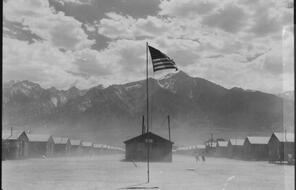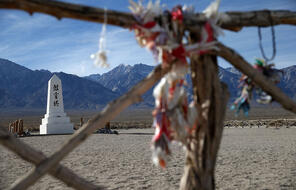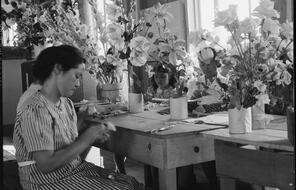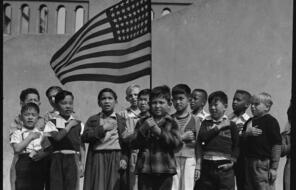
Supporting Question 2: Japanese American Life in Incarceration Camps
Duration
Two 50-min class periodsSubject
- History
- Social Studies
Grade
9–12Language
English — USPublished
Get it in Google Drive!
Get everything you need including content from this page
Get it in Google Drive!
Get everything you need including content from this page
Overview
About This Lesson
Students explore Supporting Question 2 through a series of activities that help them gain an understanding of Japanese American incarceration. They will learn about the incarceration camps through a survivor’s poem about the experience of incarceration and through observing photographs. They conclude with a Formative Task that asks them to complete a K-W-L chart detailing information they learned about the incarceration of Japanese Americans during World War II.
Supporting Question
What was life like for Japanese Americans during incarceration?
Formative Task
Students will complete a K-W-L chart detailing information they learned about the incarceration of Japanese Americans during World War II.
Resources in this Lesson
-
Facing History & Ourselves
-
Facing History & Ourselves
Lesson Plans
Day 1
Day 2
Formative Task
Unlimited Access to Learning. More Added Every Month.
Facing History & Ourselves is designed for educators who want to help students explore identity, think critically, grow emotionally, act ethically, and participate in civic life. It’s hard work, so we’ve developed some go-to professional learning opportunities to help you along the way.
Exploring ELA Text Selection with Julia Torres
On-Demand

Working for Justice, Equity and Civic Agency in Our Schools: A Conversation with Clint Smith
On-Demand

Centering Student Voices to Build Community and Agency
On-Demand














